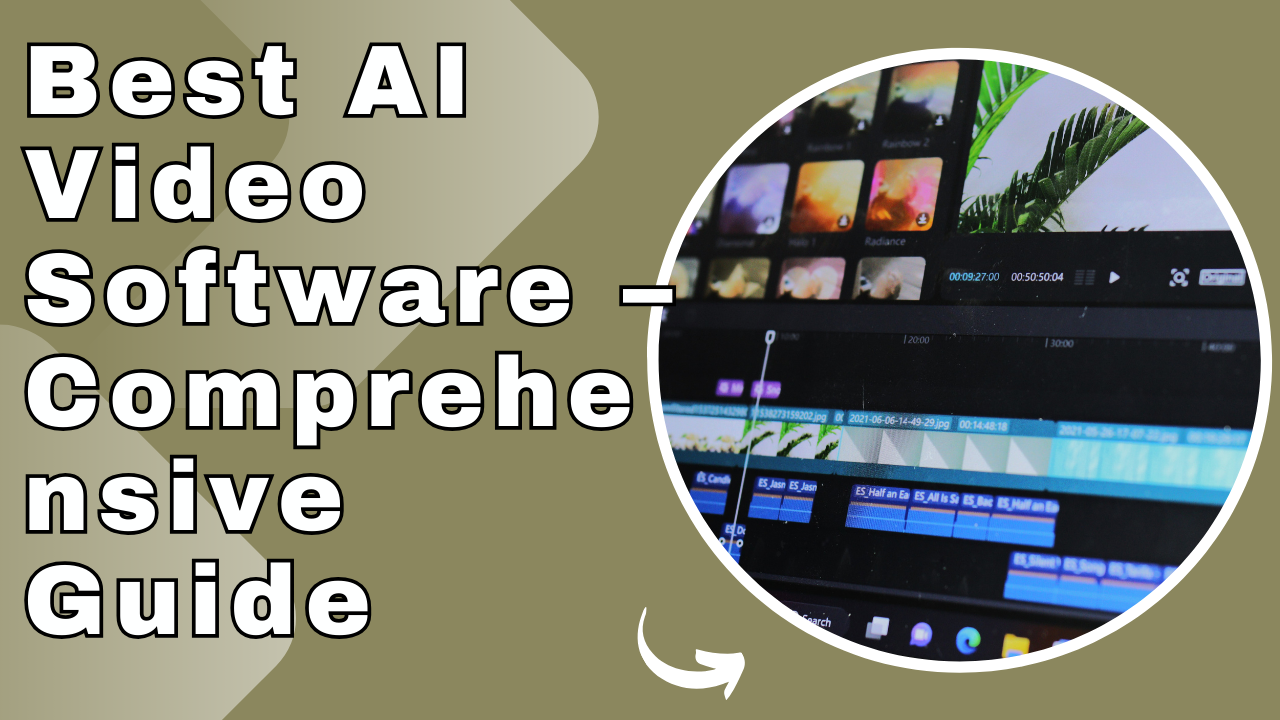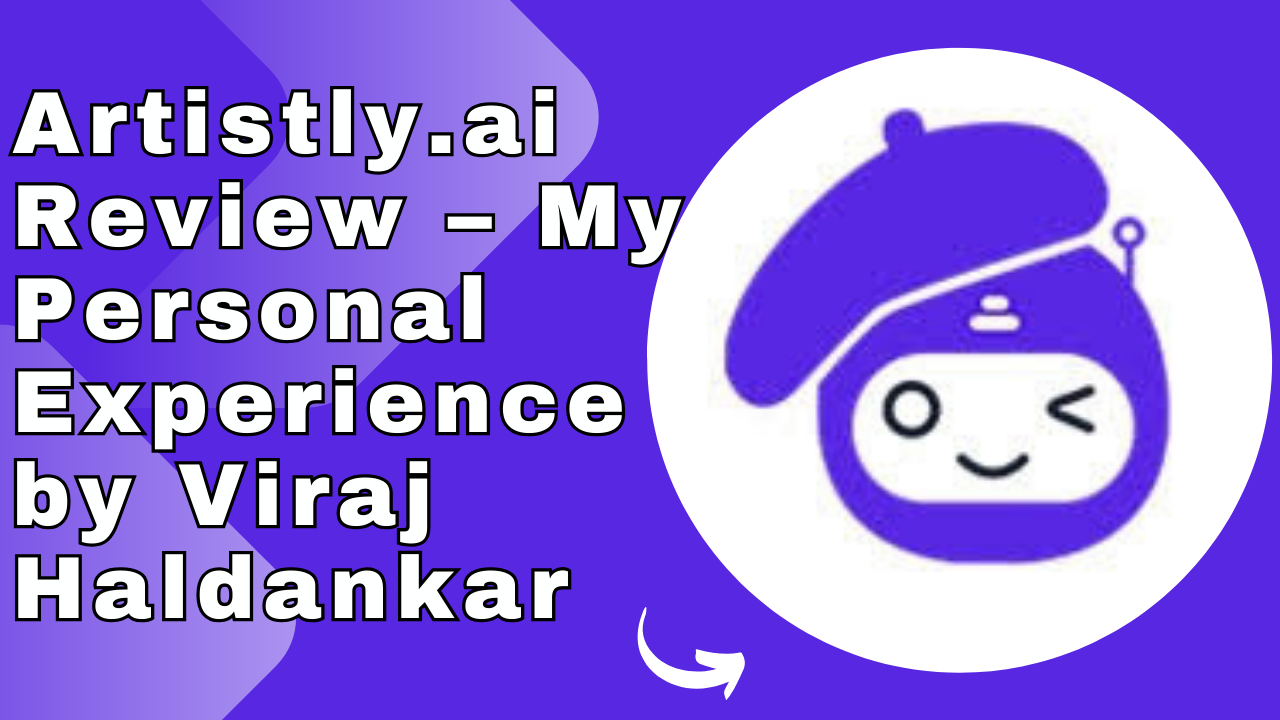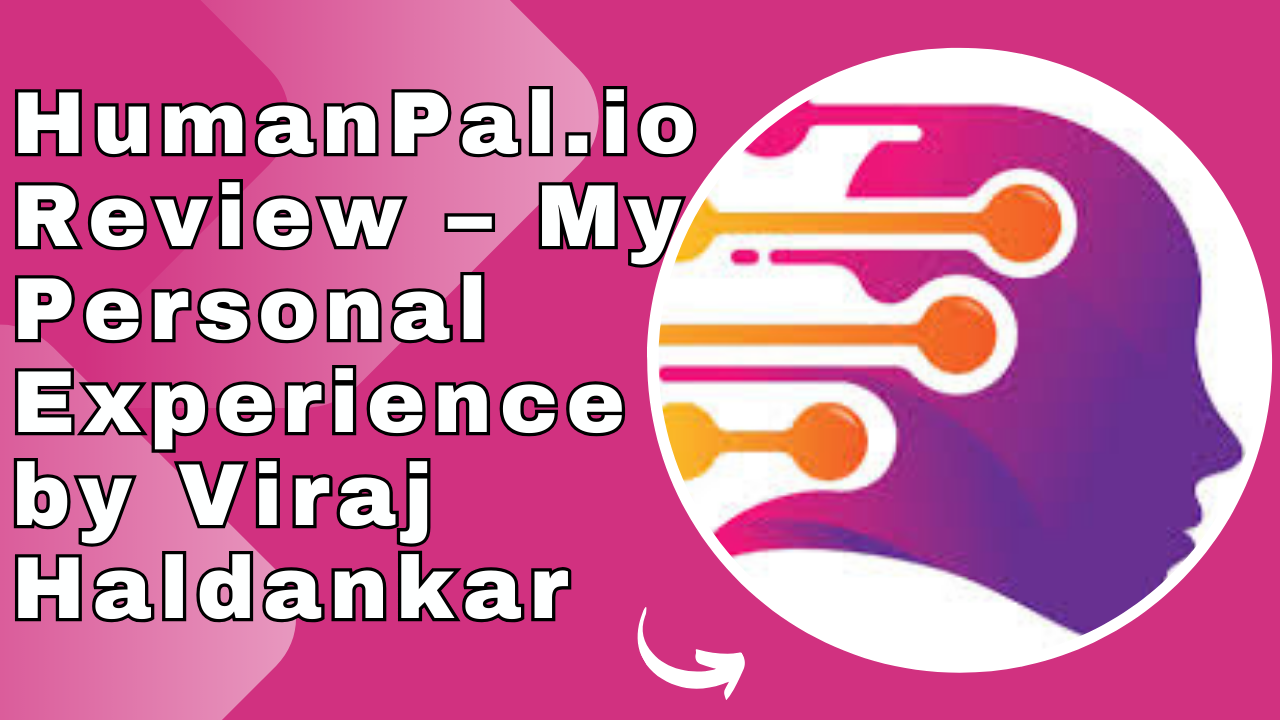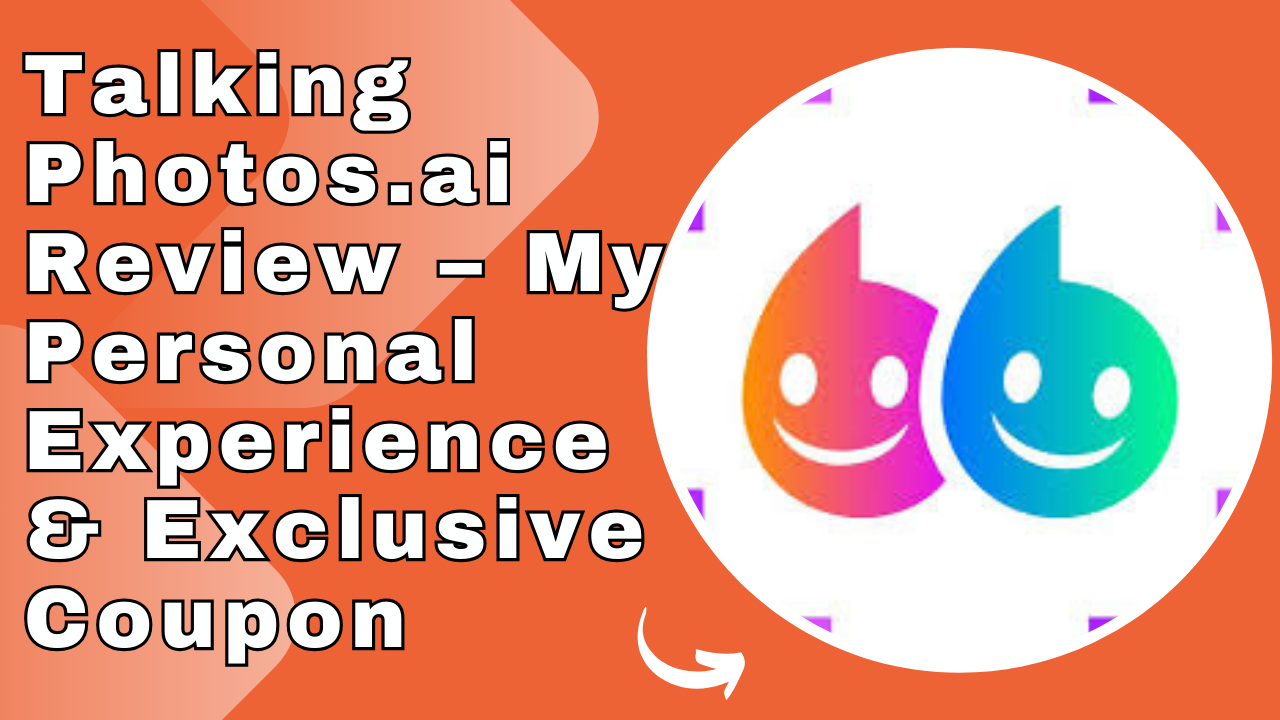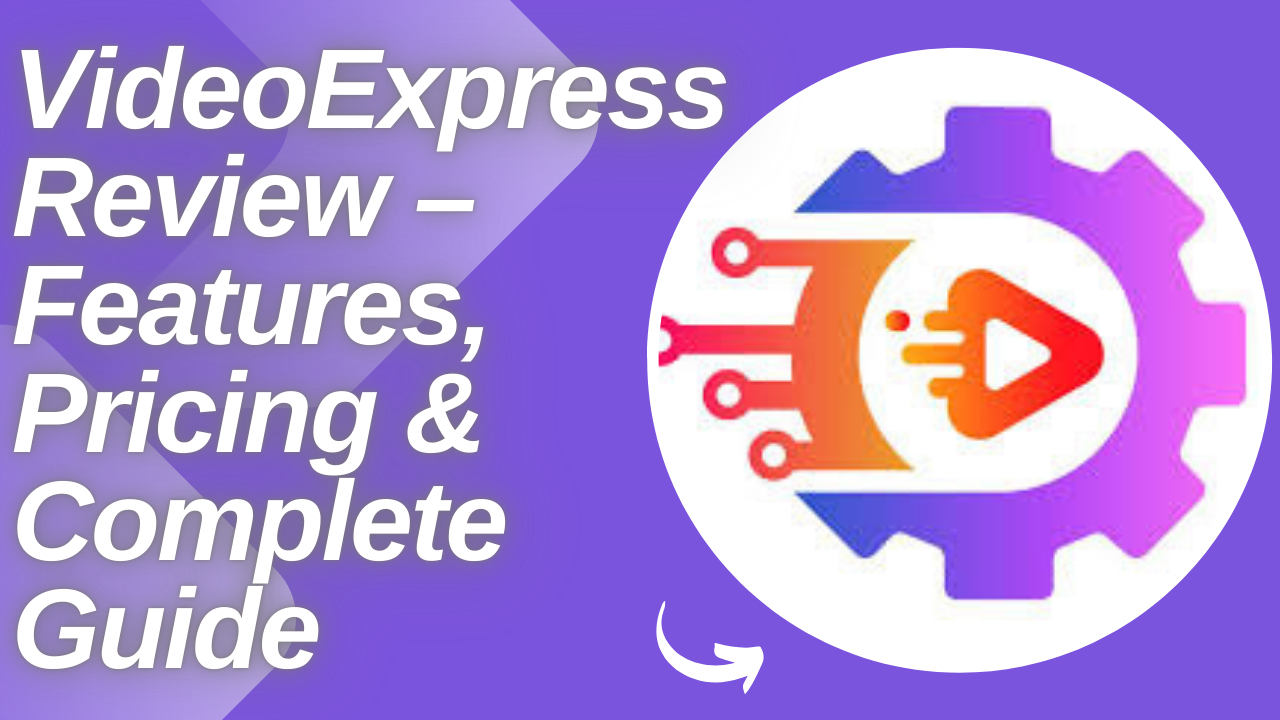As more users rely on their mobile devices for content consumption, Google has developed several platforms to deliver relevant information quickly and efficiently. Two of the most prominent content surfaces offered by Google are Google News and Google Discover. Although they share some similarities in delivering personalized news and content, they serve different purposes, follow different ranking logic, and offer distinct opportunities for publishers.
In this article, we’ll break down the key differences between Google News and Google Discover, how each works, how content appears on each, and how publishers can optimize for both platforms.
What Is Google News?
Google News is a dedicated news aggregation service that curates stories from a wide range of reputable publishers and news outlets. It’s accessible through the Google News app, news.google.com, and integrated into the News tab on Google Search.
Key Features of Google News:
- Focuses on timely, journalistic content
- Articles are sorted into topics like local news, world news, business, and technology
- Users can customize their feed by following topics or sources
- Offers a “Full Coverage” view that shows multiple perspectives on the same story
- Accessible via mobile app (Android and iOS), desktop web, and Google Search
How It Works:
Google News relies on a combination of editorial curation and algorithms to prioritize articles. Sites must meet Google News content policies and high-quality standards to be included. Once approved, their content can appear in the app and news-related search results.
What Is Google Discover?
Google Discover is a content recommendation feed built into the Google mobile app and available on the Google homepage on Android devices. Unlike Google News, it doesn’t focus exclusively on news—it surfaces a wide variety of content based on user interests, search history, and browsing behavior.
Key Features of Google Discover:
- Not limited to news content; includes blogs, evergreen articles, videos, and product pages
- Highly personalized feed generated from previous Google activity
- Appears below the Google search bar on Android and in the iOS Google app
- Often features visual elements like large images and carousels
- Provides a passive discovery experience (users don’t need to search)
How It Works:
Google Discover uses AI and machine learning to predict what content users are likely to engage with. It doesn’t require fresh or timely content. Instead, it favors content relevance, quality, and engagement potential.
Google News vs Google Discover: Key Differences
| Category | Google News | Google Discover |
|---|---|---|
| Content Type | News articles, press releases | Blogs, videos, evergreen, news, reviews |
| Purpose | Timely updates and journalism | Personalized content discovery |
| User Behavior | Active search or app-based browsing | Passive feed on mobile home screen |
| Content Freshness | Prioritizes recent and breaking news | Not time-sensitive; older content can rank |
| Ranking Signals | Source authority, timeliness, E-E-A-T | Engagement, relevance, page experience |
| Publisher Approval Needed? | Yes (Google News Publisher Center) | No (must be indexed, follow guidelines) |
| Search Integration | Yes (News tab, Search snippets) | No (not part of search engine results) |
| Platform Access | Web, Android, iOS | Mobile only (Google App, Chrome on Android) |
Which Platform Drives More Traffic?
Google News:
- Traffic spikes around breaking stories
- Strong CTR from users actively seeking information
- Beneficial for media outlets and timely content creators
Google Discover:
- High-traffic potential if content “sticks” in the feed
- Ideal for evergreen or visually engaging content
- Can drive sustained traffic without fresh publication dates
Discover often drives larger but less predictable traffic. Articles can suddenly gain traction, then disappear without warning. Google News provides more consistent traffic for those with a publishing cadence aligned to current events.
AI and Personalization
Both platforms use AI and machine learning to recommend content, but with different goals:
- Google News uses algorithms to provide balanced, authoritative news coverage, showing different viewpoints on a single issue.
- Google Discover focuses more on user interests and behavior, presenting content that matches recent searches, page visits, or YouTube activity.
Google’s evolving AI systems, including Google Gemini, power these features. For publishers, this means aligning with user intent and technical standards is more important than ever.
How to Optimize for Google News
To appear in Google News, publishers should:
- Register with Google News Publisher Center.
- Follow structured data guidelines using schema markup (especially
NewsArticle). - Write clear headlines and avoid clickbait.
- Publish regularly and adhere to journalism standards.
- Ensure content complies with Google News content policies.
Publishing high-quality, timely, and well-sourced content is key. Google News also prefers mobile-friendly, fast-loading pages and HTTPS-secured websites.
How to Optimize for Google Discover
Google Discover requires a different approach:
- Create engaging, evergreen content that aligns with user intent.
- Use high-resolution, compelling images (minimum 1200px wide).
- Craft clickable but non-misleading headlines.
- Focus on page experience (Core Web Vitals, mobile usability).
- Improve E-E-A-T (Experience, Expertise, Authoritativeness, Trustworthiness).
- Encourage long dwell time and user engagement.
There is no formal application process to appear in Discover. However, your site must be mobile-friendly, indexable by Google, and adhere to Google’s content guidelines.
Monetization Opportunities
Both Google News and Discover support ad monetization, but through different flows:
- Google News: Publishers can monetize via display ads, AdSense, Google Ad Manager, and paywalls.
- Google Discover: Ad placements are handled via Google’s ad ecosystem, often through AdSense or Ad Manager.
Discover content often benefits from high CPMs due to its mobile-first, user-targeted nature. Google News, meanwhile, is better for subscription-driven or ad-supported business models tied to journalistic content.
Final Thoughts
Google News and Google Discover both offer unique advantages for content creators and publishers. Understanding how they differ in audience intent, platform design, and optimization strategy is crucial.
- Use Google News for breaking news, investigative journalism, and time-sensitive topics.
- Use Google Discover for lifestyle content, evergreen articles, how-to guides, and visually rich posts.
In an ideal content strategy, both platforms should be part of your distribution model. Optimize content with the right technical setup, valuable insights, and user-first focus—and you can tap into significant traffic and engagement across Google’s ecosystem.



